How do you start enjoying camping and continue to enjoy it for years to come? Two words: comfort and convenience. Here’s how…
by the OutsideDaily staff
If you’re thinking about getting into camping, you couldn’t have picked a better time. Good-quality, purpose-built gear is available at prices that won’t bust the family budget. What’s more, the summer vacationing hordes have retreated to the suburbs and the weather for outdoor excursions is optimal across most of the country.
The latter is why we enjoy late-season/early-autumn camping more than at any other time of the year. For one thing, lower humidity makes daytime activities and nighttime slumber more pleasant. Also, the bugs are pretty much finished doing their bug things. Let’s not forget that fall foliage will soon hit its peak, and with cooler evening temperatures, sitting around the campfire becomes an event unto itself. Finally, with the vacation season behind us, choice camp sites are available in campgrounds across the states.
While veteran campers are primed for this time of year, newcomers to the camping lifestyle can be easily overwhelmed.
“What equipment do I need to buy?”
“How do I prepare for a camping trip?”
These are just some of the questions new campers ask, and rightly so. Fortunately, it’s easy to get started camping, and doing so at this time of year will ensure you have a wonderful “first outing” and come back home excited to do it all again.
The First Step
Camping comes in many forms, from parking an RV or camper in established state or private campgrounds to backpacking into remote wilderness areas where there is no one around for miles except you and the wild critters.
For most beginners, car camping is the on-ramp to take. This means driving to your developed or primitive campsite and setting up for the duration of your stay. In contrast to backpacking, which requires experience and a good bit of thinking to take the least amount of gear and supplies possible, car or truck camping gives you flexibility to bring the kind of food and items that maximize comfort and convenience. That’s not to say you need or would want to pack your vehicle to the roof (more on that in a bit), but that you can take a cooler full of drinks and grilling meat with you instead of slurping purified water out of a stream and eating dehydrated meals.
So, how do you set up for your initial foray into the wonderful world of camping? Let’s go over the basics…
Shelter
Car camping means that unless you want to sleep in your vehicle (and trust us, you don’t) you’ll need a tent. These come in so many styles, sizes, and models made by so many different manufacturers that it can be challenging even for experienced campers to find just the right one that suits their needs.
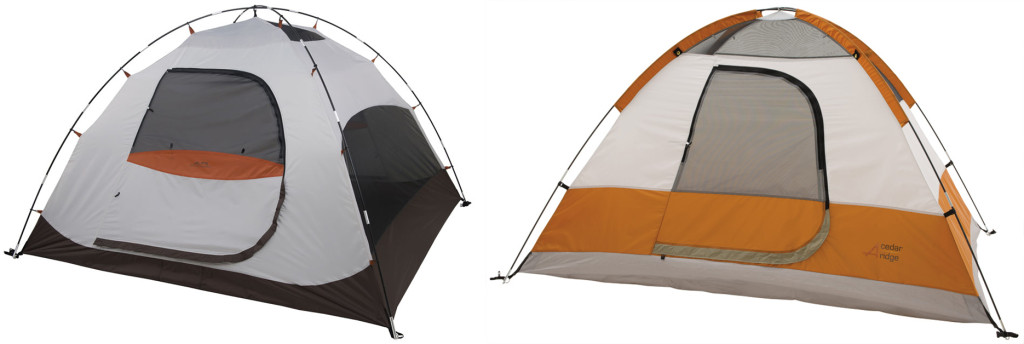
The first step is determining how many people you need to sleep in the tent. Tents are rated by the number of people they can sleep, although we’ve found that number to almost always be too liberal. A three-person tent, for example, will sleep two people comfortably; a six-person tent will usually be roomy enough for four. If it’s just you and your partner, a two-person tent will do just fine.
Tents are one of those “you get what you pay for” items. In other words, avoid the bargain bin section of the big box stores when purchasing a tent. That’s not to say a tent can’t have both quality and a cost-conscious price. Look for one with a robust tub floor (to keep out water), a simple setup design, ample mesh paneling for ventilation and warm-weather sleeping, and an included rainfly that will withstand wet weather.
Sleeping Gear
One of the benefits of late-season camping is the cooler nighttime temperatures. Sleeping is significantly more comfortable when the air is drier and cooler than during the sweltering summer months. That means, of course, that you’ll probably need more than a light blanket to stay warm at nights.
Sleeping bags are the ticket here, but not just any sleeping bag will do. You need to find a bag that matches the overnight temperatures you expect. Quality bags are rated by their lowest comfortable temperature threshold. A 50-degree-rated bag will, generally speaking, keep you comfortable while sleeping in temperatures 50 degrees and higher. A 30-degree bag will keep you warm down to 30 degrees, and so on. Our advice is to get a bag with a temperature rating lower than you think you’ll need. First, a lower temperature rated bag will ensure that you will be comfortable. If you get too hot, it’s a simple matter to open it up. If you get too cold, there’s no fixing that unless you pile on some clothes. Second, you may find that you want to camp later in the year or early in the spring when the weather is colder. Better to get a bag that will cover the broadest swath of possible camping conditions.
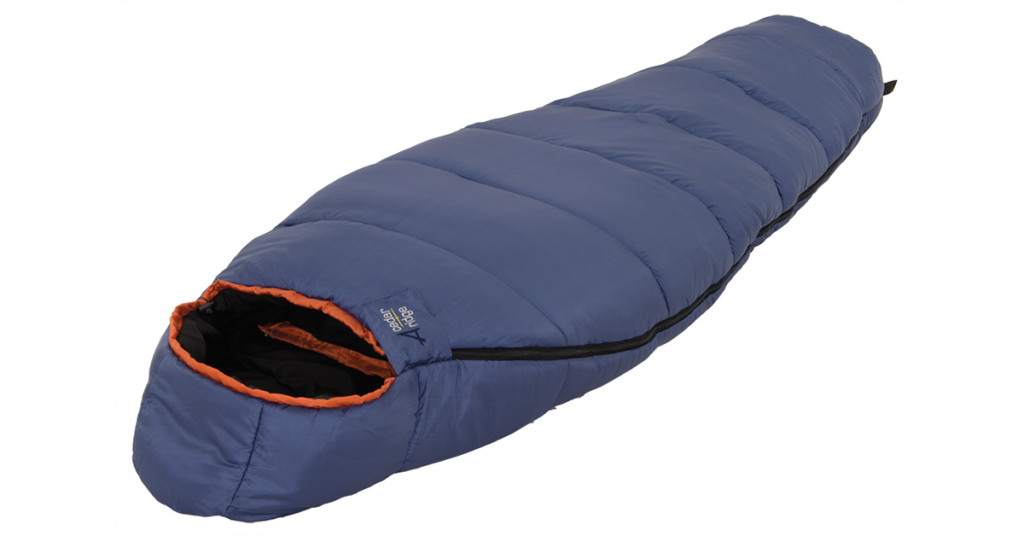
Another thing to consider is the sleeping bag profile. There are two basic types: rectangular and mummy. Rectangular bags give you plenty of room (especially welcome if you thrash about at night), but the wider dimensions and larger opening mean more air for your body to heat when the temperatures dip. A mummy-style bag is tapered to minimize air space and maximize warmth. These include an integrated hood and drawstring to seal in the warmth, but they take some getting used to if you have claustrophobic tendencies or like to flail around when you sleep. Whichever style you choose, always keep the temperature ratings in mind.
In addition to a sleeping bag, be sure to acquire a quality sleeping pad. These go beneath your bag to perform two functions: give you a soft surface to sleep on and insulate you from the cold ground. You can find sleeping pads in two flavors—self-inflating/inflatable or closed-cell foam. Both are great, but we prefer the inflatable variety because they tend to provide more cushioning and take up less space when packed.
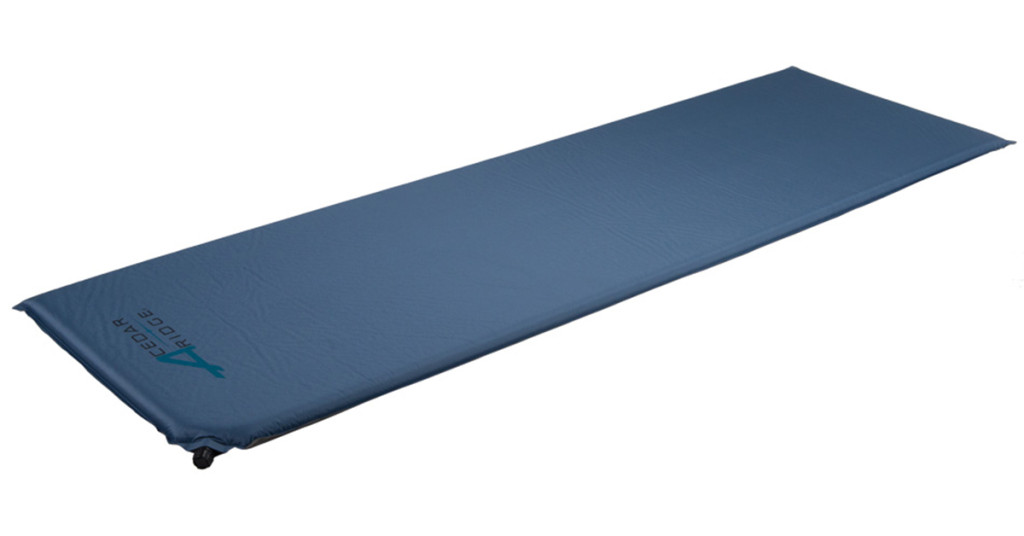
Another option is the self-inflating hybrid pad, which includes a layer of foam on the inside. These are actually the best of both worlds for car camping because they are exceptionally soft yet provide more stability than standard inflatable pads.
Furniture
Camping furniture? Yes. That’s another advantage of vehicle camping. Sure, most developed and even primitive public camp sites have the requisite picnic table, but you shouldn’t bank on it and there’s no guarantee it will be in good condition. And sitting on one for the evening…forget about it.
Folding camp chairs are essential for a comfortable camp. Just make sure each member of your party has one so they can scooch up around the fire ring and enjoy the evening.
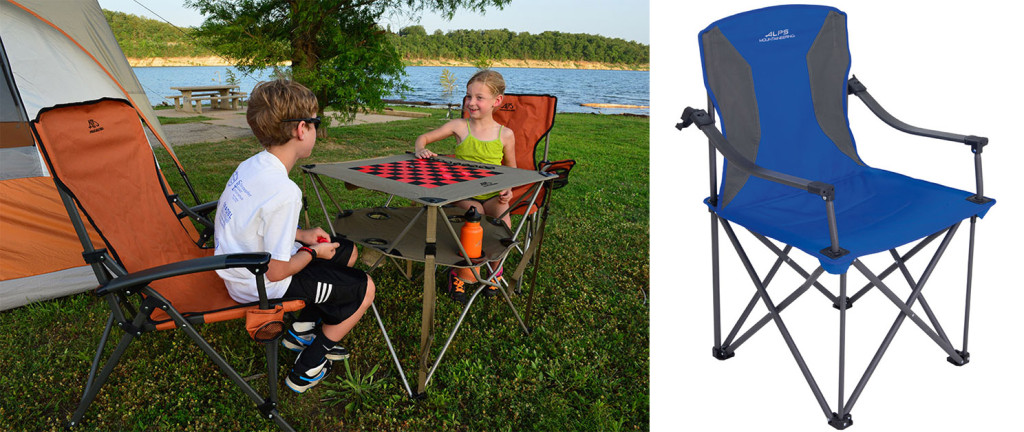
Another piece of camping furniture that’s sorely missed when you don’t have it is a table. These are perfect for preparing and serving food (if you’ve ever used public picnic tables, you know what we mean), setting a lantern on, eating off, or any number of handy uses.
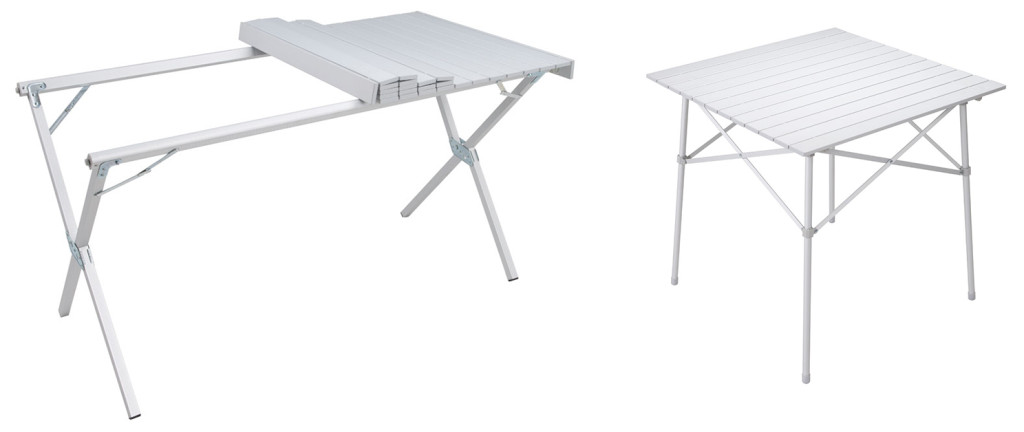
Food
One of the great things about car camping as compared to backpacking is that you have the luxury of bringing whatever you like for your meals. Whether you are into surf-and-turf by the campfire or are content with cooking hotdogs on a forked stick, the choice is yours. Bring as much or as little as you like.
Our guidance on this subject, however, is to keep in mind that food prep and meal cleanup are chores you must weigh against other activities you may be interested in. It’s great to eat like royalty in the backcountry, but not so much fun cleaning pots and pans with limited water resources. Besides, it’s more fun to hike, look for wildlife, or have a big time around the campfire than it is to wash dishes and put away opened packs of uneaten food.
Our advice is to eat what you want, but plan your meals to minimize cooking preparation time and messy cleanup. Pre-cooked meals are easy to warm up and require fewer supplies to prepare. Of course, grilling is a different matter. A small hibachi-style grill is perfect for the car camper since it works better than using the firepit grill found at most camp sites.
Day-Tripping
Many people camp for camping’s sake. Most folks, however, like to wrap their camping excursions around various outdoor activities. During the late-season, hiking is king thanks to the drier weather, clear skies, and the changing leaves.
A good day hike means you need to take a few things with you—water and snacks being key among them. We always recommend a few essential ingredients no matter where you plan to hike or for how long. These include:
- 1-2 liters of water
- Snacks
- Camera or phone
- A warm shirt or jacket
- Small flashlight
- Medical pouch (Band-Aids, pain reliever, bug repellent, etc.)
- Sunscreen
- Small folding knife
Naturally, day-hiking gear demands something to carry it all in. For this, we recommend a quality daypack. Be sure to try-before-you-buy so you can find a pack that fits your body comfortably. Look for well-padded shoulder and waist straps even though you won’t be carrying a heavy load. External pockets are a big help in keeping small items organized and handy.
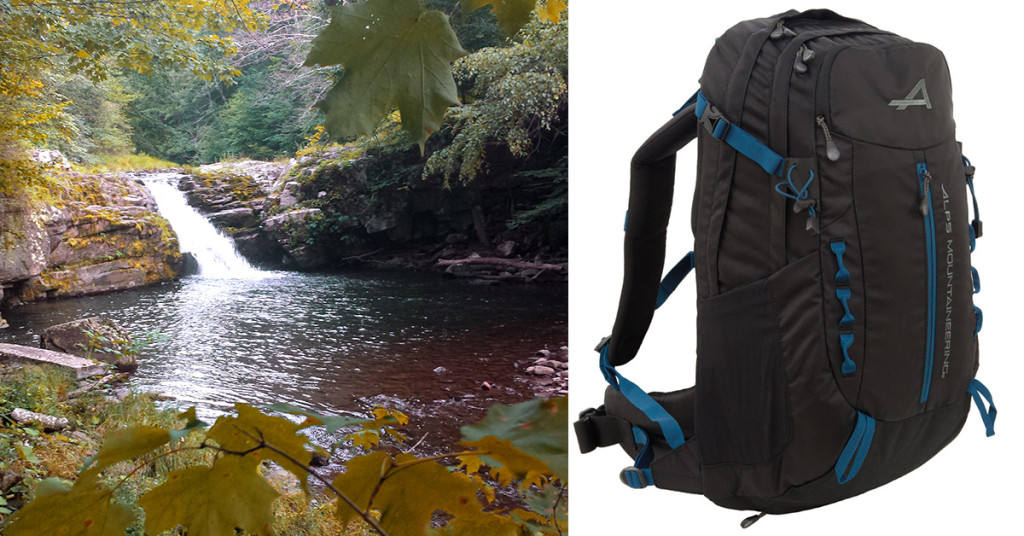
Early fall is an ideal time to go camping, particularly if you are getting into camping for the first time. The bottom line to making your initial foray into outdoor living comfortable and convenient is to acquire quality gear to meet your needs, and to keep things simple in terms of meals and the quantity of equipment and supplies you take. Finally, ensuring comfort also means planning for the weather. You may not anticipate overly cold or wet conditions, but if you are prepared for it, you’re guaranteed a great time and a memorable adventure.
SOURCES
article copyright © 2017 by OutsideDaily.com; promoted by ALPS Mountaineering


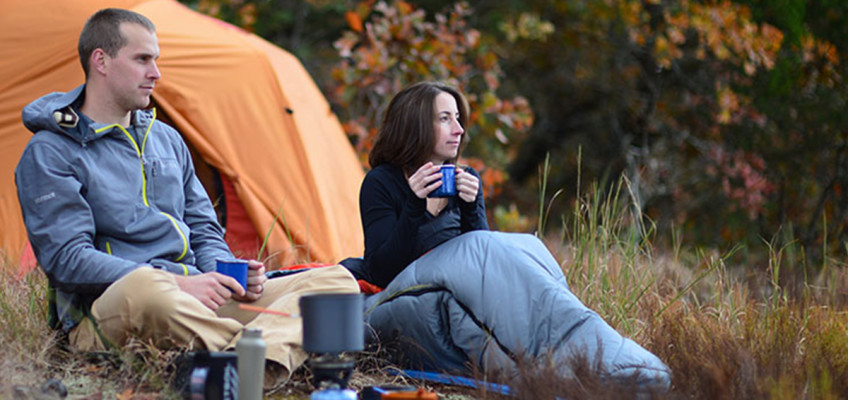
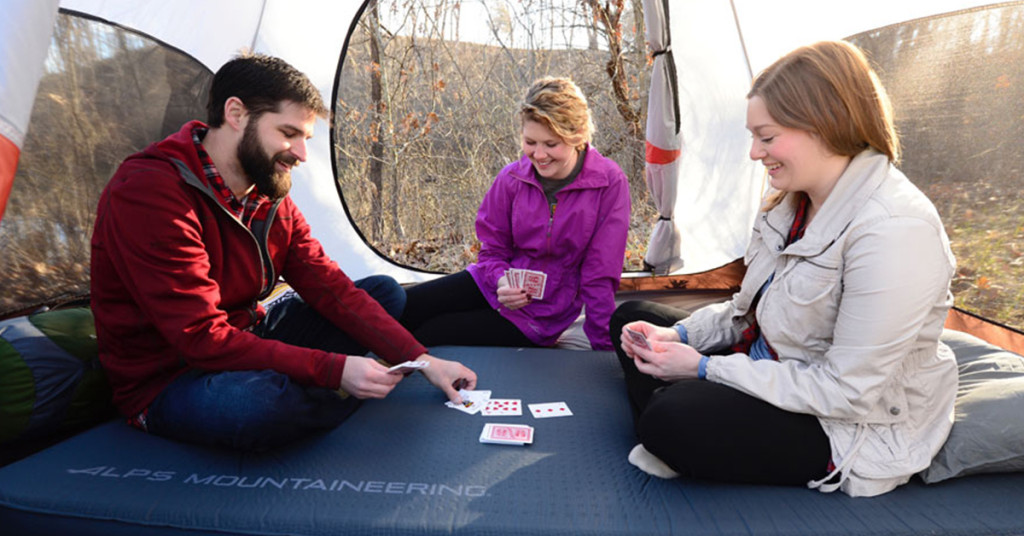
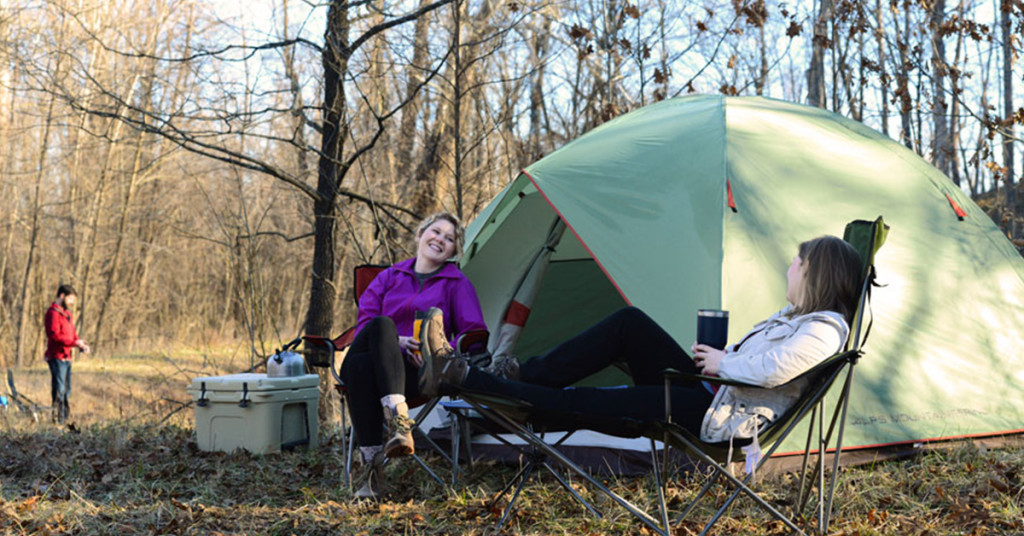
Leave a Reply